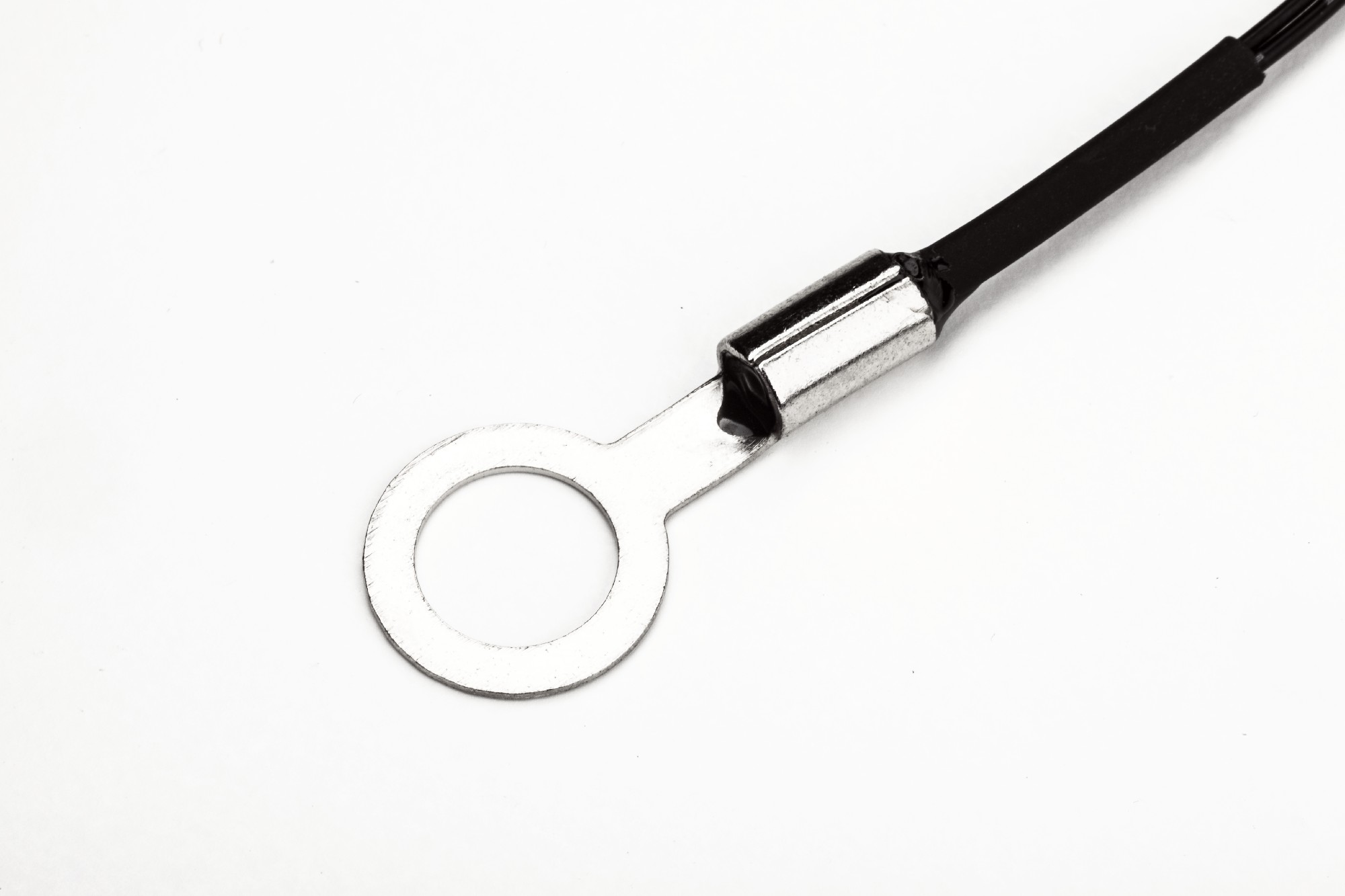There are many types of temperature sensors. According to the mode of the output signal, they can be divided into digital, logic output, and analog temperature sensors. The following introduction can be divided into several categories according to the mode of the output signal of the temperature sensor.

1. Digital temperature sensor
It is a digital temperature and humidity sensor produced by silicon process, which adopts PTAT structure. Such semiconductor structure has accurate and good temperature-dependent output characteristics.
2. Logic output temperature sensor
In many applications, we do not need to strictly measure the temperature value, we only care if the temperature exceeds a set range. Once the temperature exceeds the specified range, an alarm signal will be issued, and the fan, air conditioner, heater or other control equipment will be turned on or off. A logic output temperature sensor can be selected at this time.
3. Analog temperature sensor
The temperature control of China temperature sensors, such as thermocouples, thermistors and RTDS, has poor linearity in some temperature ranges, and requires cold junction compensation or lead compensation. Its thermal inertia is large, and the response time is slow. Compared with analog temperature sensors, the integrated analog temperature sensor has the advantages of high sensitivity, good linearity and fast response speed, and it also integrates the driving circuit, signal processing circuit and necessary logic control circuit on a single-chip IC, so it also has the advantages of small size and is easy to use. Common analog temperature sensors include LM3911, LM335, LM45, AD22103 voltage output type and AD590 current output type.
2. With the maturity of temperature sensor technology, the failure is also reduced a lot
The temperature sensor technology is becoming more and more mature, like medical temperature sensors, the functions are more and more complete, and the failures during use are also reduced a lot. However, it cannot be said that the temperature sensor will not fail during use, and the instrument will always have some small faults during use. Among them, the plug-in temperature sensor is a kind of temperature sensor, which will fail more or less in the process of use. Today, we will introduce some common solutions for small faults of the plug-in temperature sensor. Let us look at them in details.
Glitch solutions for common plug-in temperature sensors
When the temperature of the measured medium increases or decreases, the output of the transmitter does not change. Most of these cases are caused by the sealing of the temperature sensor. It may be because the temperature sensor is not sealed well or a small hole is accidentally welded to the sensor during welding. This situation generally requires replacing the sensor housing to solve.
The output signal is unstable. This is because of the temperature source itself. The temperature is originally an unstable temperature. If the instrument display is unstable, it is because the anti-interference ability of the instrument is not strong.
The output error of the transmitter is large. There are many reasons for this situation. It may be that the resistance wire of the selected temperature sensor is not correct, which leads to range error. It may also be that the sensor is not calibrated well when it comes out of the factory.